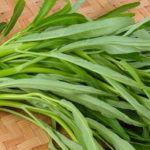Rau muống is a familiar vegetable for Vietnamese people. Famous dishes made from rau muống include boiling, stir-frying, cooking soup, and eating it raw. However, not many people know about the sweet and sour pickled rau muống (also known as muối chua ngọt).
The pickled rau muống is similar to pickled radishes, carrots…
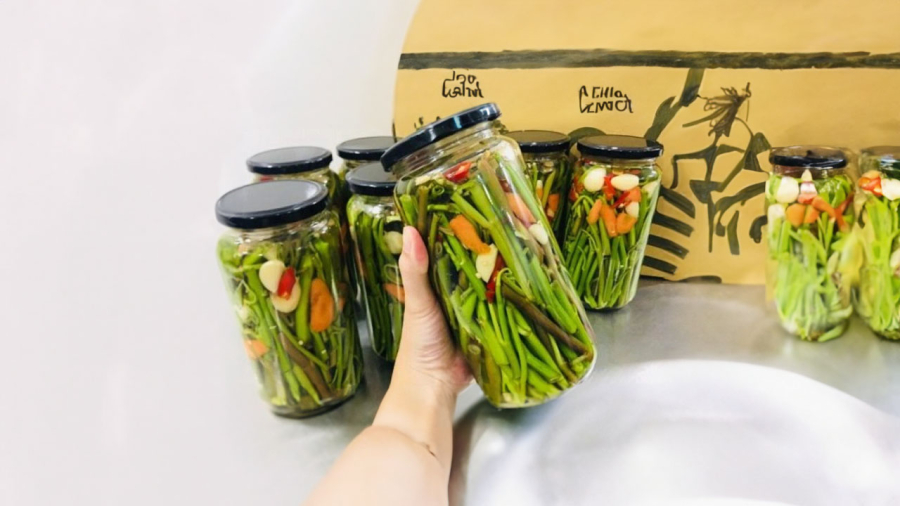
Ingredients:
A bunch of rau muống or more, depending on the number of family members
5 red chilies
5 shallots
5 garlic cloves
Vinegar, sugar, salt
Carrots (optional for added color)
Preparation:
Pick rau muống: To make the sweet and sour pickled rau muống, the leaves of the vegetable need to be removed as they will become soft and not crispy when eaten. You should choose the longer stems of rau muống, without removing the heads except for the part with the roots or too old. The stem part or slightly older ones will be crisper than the younger tips. However, you should keep the whole stem and only remove the leaves.
After picking, soak the vegetable in saltwater or alkaline water (such as vegetable and fruit washes) to eliminate bacteria and parasites clinging to the rau muống. It is better to choose dry muống to soak to ensure safety compared to those soaked under water.
Then cut them into approximately 3cm lengths.
Cook the sweet and sour brine: Use 500ml of water with 1 tablespoon of sea salt, 150g of sugar, and 120ml of white vinegar. Boil the ingredients and let them cool, then strain to remove sediment. You can adjust the taste according to your preference.
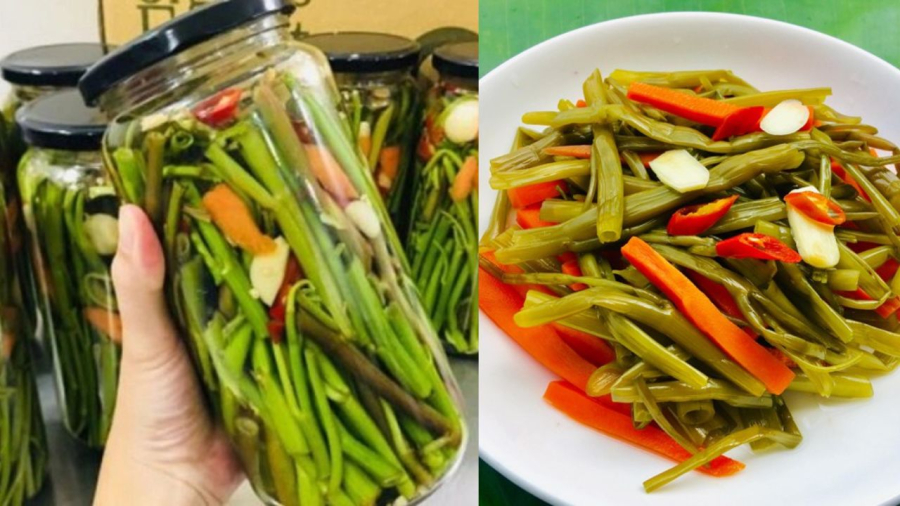
Soaking method:
Put the rau muống, along with the shallots, garlic, and chilies (you can also add carrots if desired), into a glass or ceramic jar. Then pour the prepared sweet and sour brine into the jar. The brine should be lukewarm at around 50 degrees Celsius for faster pickling. Cover the jar tightly and let it pickle for about 3-4 days. After pickling, the rau muống will become crispy, sour, and slightly sweet, with a light golden brown color. You can dip the pickled rau muống in fish sauce to enhance the flavor.
Rau muống kimchi
Ingredients:
1 bunch of rau muống
2 tablespoons of Korean chili powder
1 tablespoon of sugar
1 onion and its green tops
1 carrot
Preparation:
Pick off the leaves of the rau muống, then wash and soak it in alkaline water or vegetable and fruit wash to clean. To make kimchi, you need to soak the rau muống in more sea salt to help soften it, similar to soaking radishes before pickling.
If the rau muống bends without breaking when bent, it has reached the desired softness. Rinse it again and squeeze out excess salt.
Thinly slice the carrot into matchstick-sized pieces (or use a julienne peeler), soak the onion and green tops in cold water for about half an hour to reduce the pungent smell, and the carrot to preserve its beautiful color.
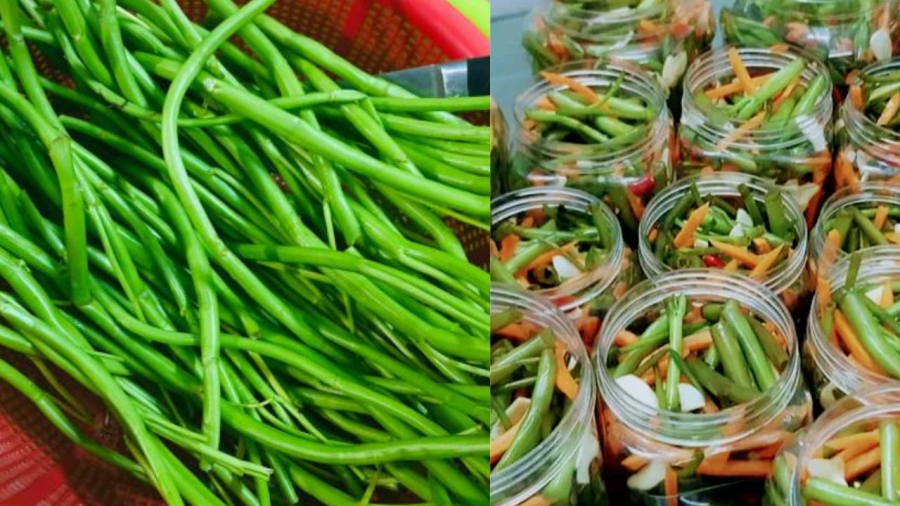
How to make rau muống kimchi:
Mix the rau muống, onion, carrot, sugar, and chili powder together. Put on gloves and squeeze the mixture to distribute the seasonings evenly. You can add a little water to help the mixture penetrate better.
Rau muống kimchi can be eaten immediately after mixing, but the sour taste may not develop yet. Store the kimchi jar in the refrigerator or a cool place for about 2 days for a stronger sour taste.
You can make rau muống kimchi the Korean way by adding ground shrimp, powder, onions, and ground pear… However, this method is more suitable for colder areas. To many Vietnamese people, the taste of this sauce might be hard to stomach.
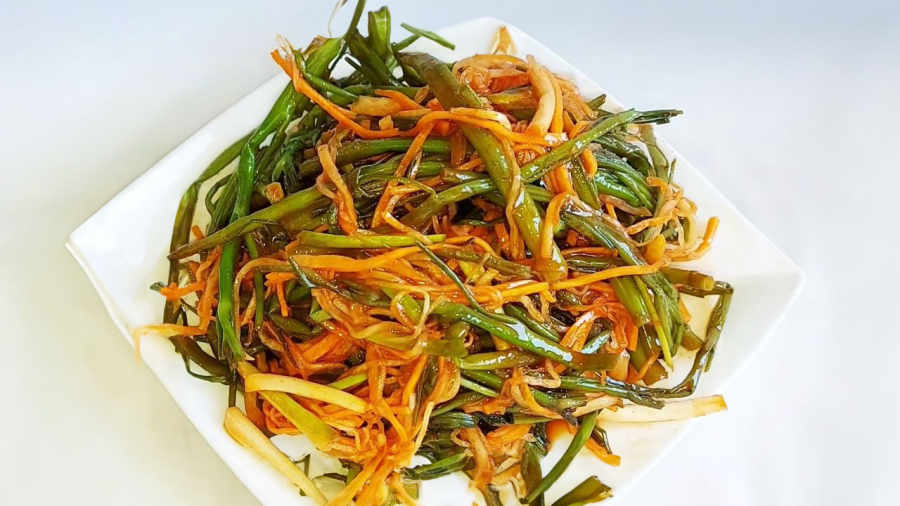
Let’s explore different dishes made from rau muống to add variety to your family’s meals. In Central Vietnam, salted rau muống, similar to salted radishes or bitter melon, is known as “nhút” and is a familiar dish of the locals. However, when making pickled dishes like this, it is important to ensure that rau muống is clean to avoid the risk of contamination.

























